- Joined
- Sep 22, 2012
- Messages
- 3,326
- Likes
- 5,408

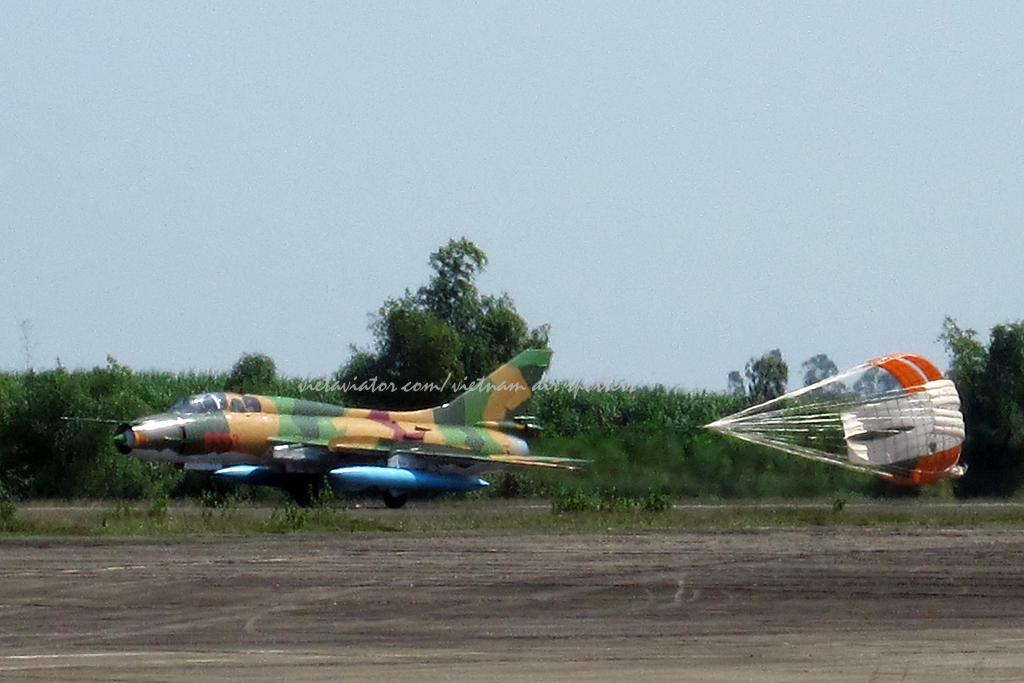

Su22M4 Su22 UM3, version d'entrainement, avec un nouveau camo






 en.wikipedia.org
en.wikipedia.org







Post some modern pictures, comrade like new t 90 tanks etcWeapons of the First Indochina War against French colony
Although Uncle Ho and the government of the fledgling Democratic Republic of Vietnam made efforts to save the peace, avoid bloodshed, and concede many rights to the French colonialists. However, they were gaining momentum, and continuously in mid-December, 1946, they opened fire to provoke many places in Hanoi. Faced with this tense situation, on December 19, 1946, President Ho Chi Minh issued a "Call for the National Resistance".
Right on the night of December 19, the army and militia forces simultaneously opened fire on the French headquarters. The resistance war against the French colonialists officially began. Photo: Hanoi's death-defying soldiers use triple bombs to get ready to rush into enemy tanks, Hanoi in the winter of 1946.
The Revolutionary Armed Forces of Vietnam at that time named "Vietnam National Army" was placed under the unified centralized command of the General Staff. The armament of our army at that time was almost all light guns, but it was not enough for the entire army and self-defense militia.
Most “Who has a gun uses a gun. Those who have a sword use the sword, and those who do not have a sword use a pickaxe, a spade, or a club. Everyone must try their best to fight against the French colonialists to save the country” (excerpt from President Ho Chi Minh's Call for the National Resistance).
To deal with French tanks in Hanoi, our troops mainly only had triple-armor bombs obtained from the Japanese fascists. About 100 triple-armed bombs were distributed to the National Guard, of which more than half were in the First Inter-zone for use in the battle of Hanoi because the Viet Minh troops at that time did not have effective anti-tank facilities.
This type of bomb has the shape of a funnel, the mouth of the funnel has a diameter of 22 cm, stuffed with explosives or bomb powder (7–10 kg), has a cast iron rim with three 12 cm long iron pins; the bottom of the hopper is an explosive part, including: explosive particles, a flaming needle and a safety pin. The concave at the bottom of the cone when detonating will cause the explosive force to be directed towards the tank steel. The bomb was mounted on a 1.2m long wooden stick.
The guns of the Vietnam National Army at this time were mostly obtained from the French and Japanese troops. In the photo is the American-made Thompson submachine gun, used in Hanoi's self-defense for 60 days and nights against the French, winter 1946-1947.
Khẩu tiểu liên Sten do Anh chế tạo, Việt Nam nhận được một ít khẩu này từ viện trợ của tổ chức tình báo OSS (Mỹ) vào năm 1945, nhưng chủ yếu là tịch thu được từ quân Anh, Pháp trong chiến đấu. Sten dùng cỡ đạn 9x19mm (hộp tiếp đạn 32 viên), tốc độ bắn 550 phát/phút và tầm bắn hiệu quả 150-200m.
According to the People's Army newspaper, Hanoi's armed forces at that time had 5 battalions of the National Guard, 1 company of guards, and 4 artillery platoons at the fortresses of Lang, Xuan Canh, Tho Block, Xuan Tao, with a total number of troops. more than 2,500 men, armed with 1,516 rifles, 3 machine guns, 1 machine gun, 1 60mm bazoka, 1,000 grenades, 80 three-armed bombs, 200 creek gasoline bottles, 7 anti-aircraft guns, 1 75mm paint cannon , 1 25mm cannon, 2 60mm mortars.
Even a large part of the army and people had to use machetes, swords and knives to fight against the French colonialists.
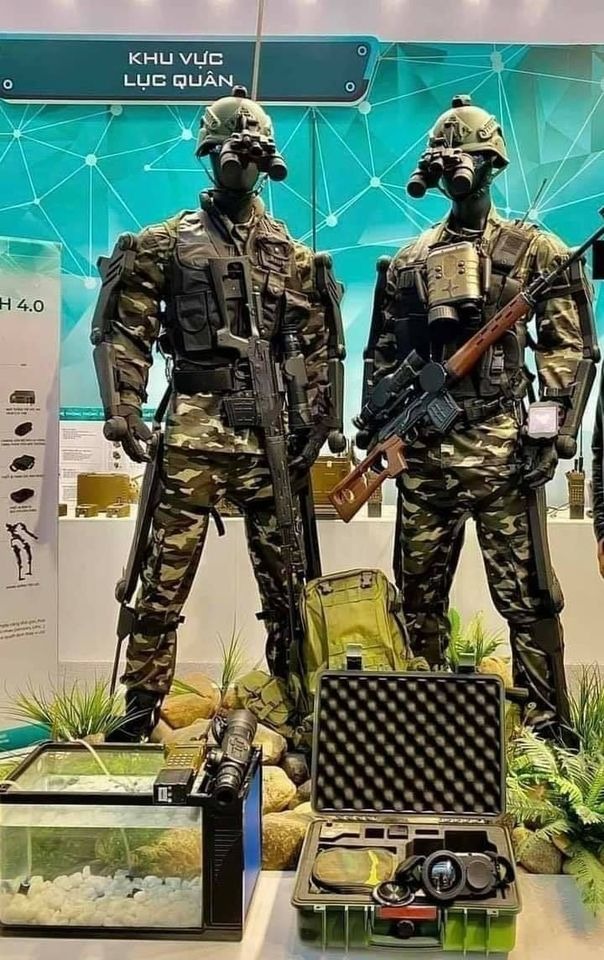
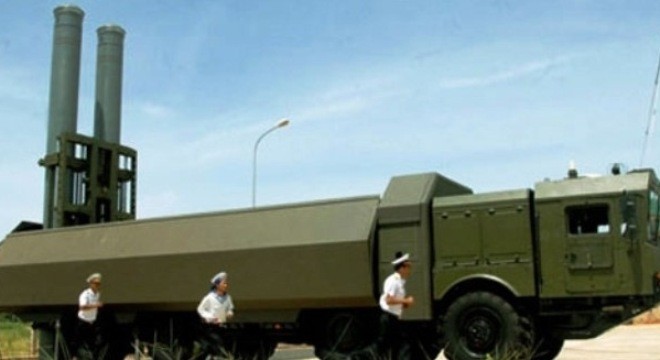
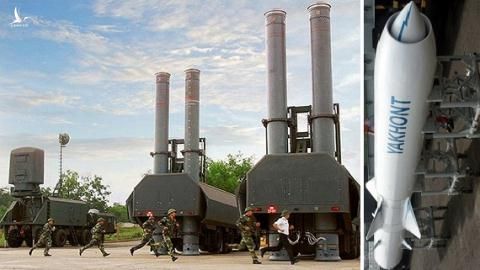
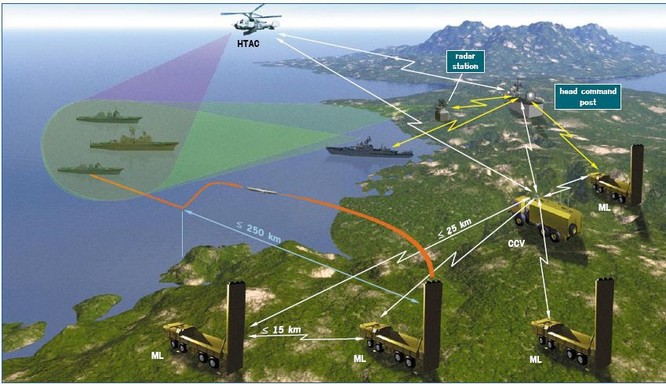
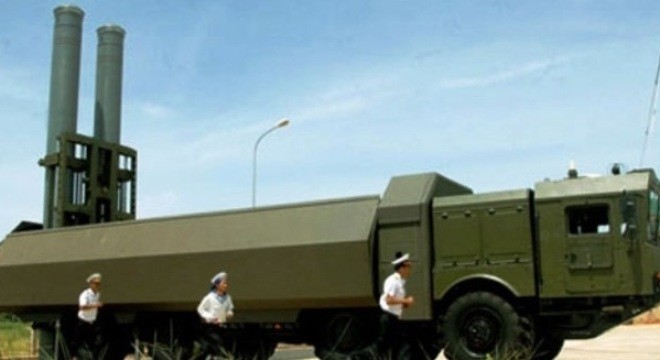

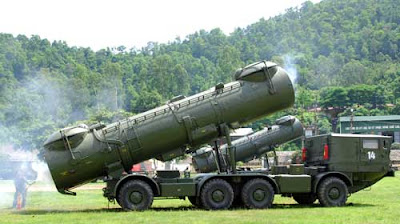



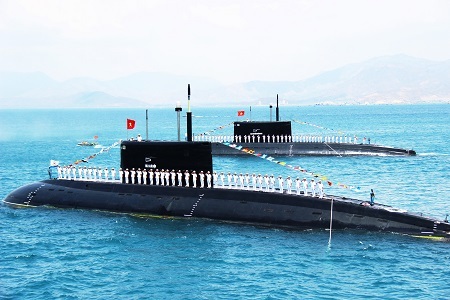





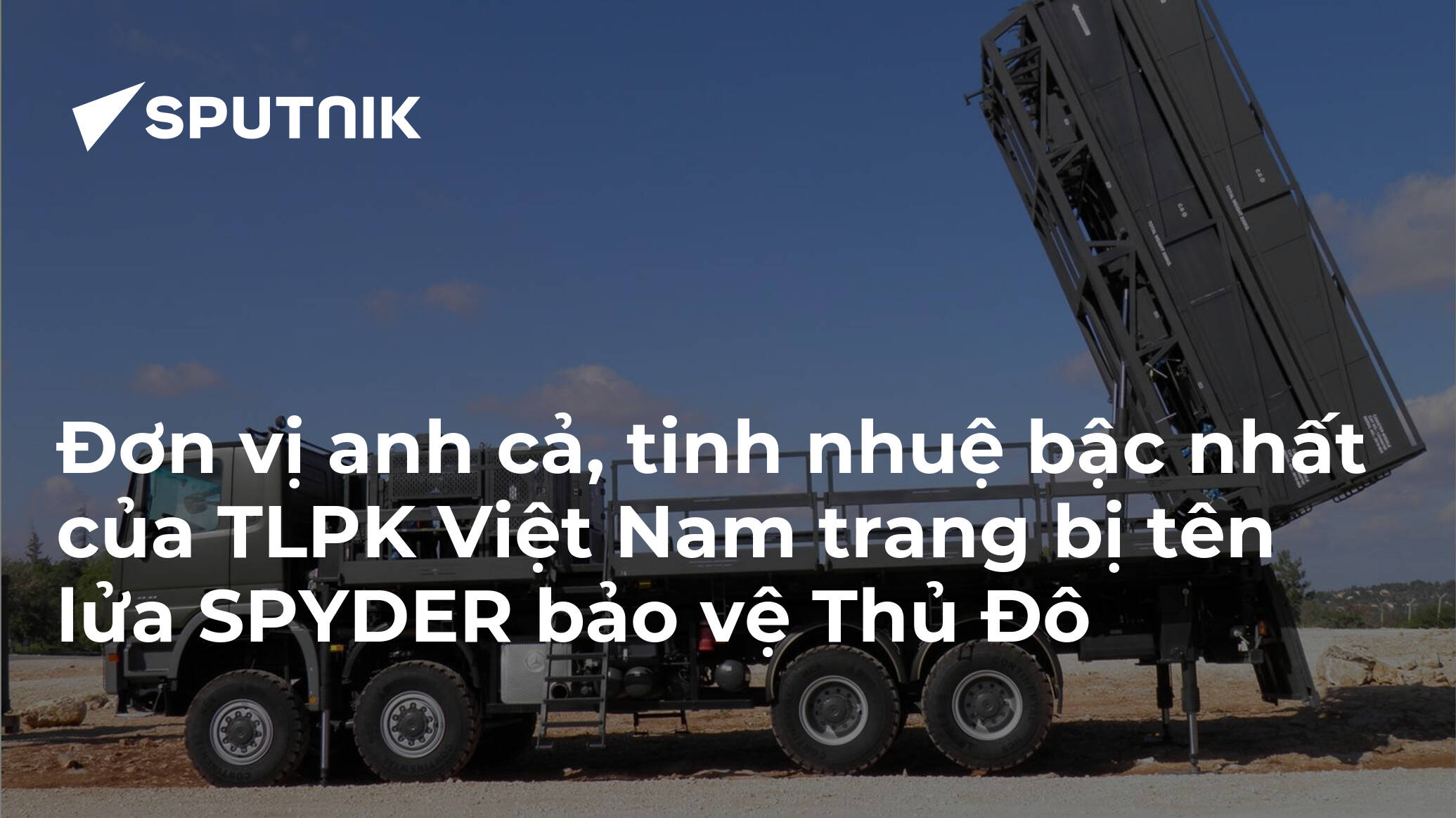
Vietnamese martial arts focus on shadow attack and silent kill while CN martial arts focus on making look nice, thats why CN martial arts doesnt work well in real combat. eg VN sapper attacked and destroyed 10 million usd CN radar system Cymbeline, but CN sapper could not do the same bcs their shadow attack technique is too bad.I think video very amazing
Vietnamese Army and Police are the most well-trained and skilled in martial arts on their team.
That ability are ‘wrapped up’ inside them slender frame and soft!
They learn martial arts tradition of Vietnam, it is the Vietnamese martial arts are not the same as the martial arts of the Chinese.


Wait a minute , comrade is ot p 270 moskit missile?Young Singaporean officer admiring Vietnam Redut missile system
19:00 04.07.2019
According to the Vietnam Navy Newspaper and Dat Viet, on the afternoon of July 2 in Hai Phong, the Singapore Army's young officers visited the 679th Coast Missile Brigade, Region 1 of the Navy.
The Singapore Young Officers Delegation consists of 12 young officers from the Navy, Air Force and Army of the Singapore Army. After welcoming the delegation, the commander of the 679th Brigade briefly introduced the process of building and developing the unit over the past 40 years.
Brigade 679 is the first shore missile unit of the Vietnam People's Navy. Over the past years, the Brigade has always completed well training, combat readiness, long-distance mobile training, and performed well in mass mobilization, helping people prevent natural disasters... In 2017, the Brigade completed its mission. Successfully completed the missile shooting mission...
The visit of the delegation strengthens and develops the friendly and cooperative relationship between the armies and navies of the two countries; Gain experience in training, equipment maintenance, techniques...
The 679th Coast Missile Brigade is currently the only unit of the Vietnam People's Navy equipped with the 9K44B Redut-M coastal defense complex using the P-35B Shaddock supersonic anti-ship cruise missile.
4K44B Redut-M is a coastal defense missile system with the longest range currently of the Vietnamese Navy. With the P-35B missile, this complex is capable of covering the sea with a length of up to 500 km.
The P-35B Shaddock missile is said to have a range of 550 km, a maximum speed of Mach 1.4 and carry a warhead weighing 800 kg. The early version of the Shaddock missile had a fairly high cruising altitude, but the modernized variant has reduced this parameter to less than 100 m.
Although it is old, but the P-35B missile is still considered to possess formidable power, with a large warhead, it can sink a warship with a displacement of over 10,000 tons with just a single shot. Currently, the Redut-M complexes are even still trusted by the Russian Navy to deploy to protect key bases.
In the payroll of the Republic of Singapore Navy, there is currently no coastal defense missile system due to the country's small area and covered by the air force as well as surface ships and submarines. completely weak pulse positions.
However, the current longest-range anti-ship missile of the Singapore Navy is only the RGM-84 Harpoon with a range of 124 km, subsonic speed and a warhead weighing 221 kg, so the young officers of your country showed great admiration for the "terrible" weapons of the Vietnamese Navy.
Vietnam's heavy anti-ship missile
Currently, Vietnam has not been able to produce this type of missile for use on warships and submarines, but it has produced a type used for transporting special vehicles.

Sĩ quan trẻ Singapore trầm trồ trước tên lửa Redut Việt Nam
Theo Báo Hải quân Việt Nam và Đất Việt, chiều 2/7 tại Hải Phòng, Đoàn sĩ quan trẻ Quân đội Singapore đã đến tham quan Lữ đoàn tên lửa bờ 679, Vùng 1 Hải quân.vn.sputniknews.com
Thats Shaddock missile, comrade. Old one from Soviet era, but still very useful against China carriers.Wait a minute , comrade is ot p 270 moskit missile?


| This article has an unclear citation style. The references used may be made clearer with a different or consistent style of citation and footnoting. (January 2021) (Learn how and when to remove this template message) |


 en.wikipedia.org
en.wikipedia.org
Yes india too operates them, they are still very useful.Thats Shaddock missile, comrade. Old one from Soviet era, but still very useful against China carriers.
-------
S-N-3 Shaddock
From Wikipedia, the free encyclopedia
Jump to navigationJump to search
Whiskey Twin Cylinder submarine armed with P-5 missiles.
The P-5 "Pyatyorka" (Russian: П-5 «Пятёрка»; "Pyatyorka", "fiver" in English), also known by the NATO codename SS-N-3C Shaddock, is a Cold War era turbojet-powered cruise missile of the Soviet Union, designed by the Chelomey design bureau. The missile entered service in 1959. Pyatyorka is a common name for the missile as the "digit 5", corresponding to the R-7 Semyorka, the digit 7.

This article has an unclear citation style. The references used may be made clearer with a different or consistent style of citation and footnoting. (January 2021) (Learn how and when to remove this template message)
The basic version of the missile was an inertially-guided submarine-launched cruise missile to threaten the US coast. The missile could be armed with either a 1000 kg high explosive or a 200 or 350 kt nuclear warhead. It had a speed of about 0.9 Mach, range of 500 km and CEP of about 3000 m. The later variant had a range of possibly up to 1000 km. The first missiles were installed in Project 644, Whiskey Twin Cylinder and Project 665, Whiskey Long Bin submarines.
Versions of P-5 were later developed equipped with radar homing to be used as anti-ship missiles. The last anti-ship versions were retired from active service about 1990, replaced by the P-500 Bazalt and P-700 Granit.
There were actually three versions of turbojet-powered, cruise missiles that were called "SS-N-3" by Western intelligence sources, with multiple variants. The earliest, P-5 was called SS-N-3c, and later versions SS-N-3a and SS-N-3b. The various Russian designations are believed to be P-5 "Pyatyorka", P-6, P-7, and P-35 Progress. Some sources indicate that missiles 'P-10' and 'P-25' may also have existed.
NATO called the submarine-launched radar-homing versions of the P-6 SS-N-3A 'Shaddock'. These were carried by Echo II- and Juliett-class submarines for targeting US aircraft carriers. The Echo I-class submarines were incapable of accommodating the targeting radar for the anti-ship version, and were not equipped with missiles after the land-attack variant was withdrawn, probably in the mid-1960s when sufficient nuclear-powered ballistic missile submarines (SSBNs) became available.[1]
Kynda-class cruiser with quadruple P-35 launchers.
Russian sources indicate that there was only submarine-launched version of P-5. The surface-launched, radar-homing version called P-35 was used by Kynda- and Kresta I-class guided-missile cruisers. The P-7 was possibly a longer-ranged version of the P-5, or a further development of the P-6.
There were also land-based versions of these missiles transported in and launched from an eight-wheel truck (ZIL-135KM) as coastal defense missiles. These were designated SPU-35V "Redut" or NATO "SSC-1 Sepal".[2] Yugoslavia deployed this system on the island of Vis.

SS-N-3 Shaddock - Wikipedia
en.wikipedia.org
India is a great nation and one of the best friend of VIetnam, thanks for your training to our Kilo crews and Su 30 pilotsYes india too operates them, they are still very useful.
As far anti ship goes .
India has kh 35 , brahmos, brahmos airlaunched , p 270 moskit , now harpoon also, and exocet.
 The Indian Air Force officially received the training of Vietnamese pilots to fly Su-30 fighters, after being approved by the Government of India, according to the ITAR-TASS news on December 13, 2014. In the photo: India's Su-30 MKI fighter landed at Lajes Air Base in the Azores Islands (Portugal) in the mid-Atlantic Ocean in July 2008 to the state of Nevada for joint air exercises with the US 
Ấn Độ chính thức đào tạo phi công Việt Nam lái tiêm kích Su-30(Tin Nóng) Chính phủ Ấn Độ đã chính thức cho phép Không quân Ấn Độ đào tạo huấn luyện phi công Việt Nam lái tiêm kích Su-30 tại Ấn Độ, hãng tin ITAR-TASS (Nga) ngày 13.12 cho biết.
|
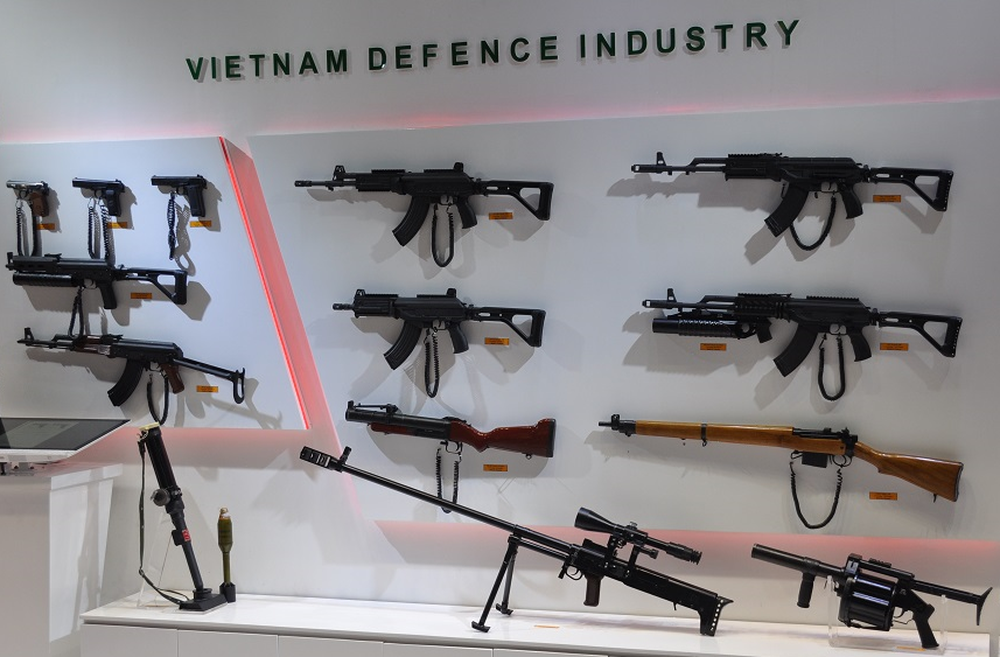

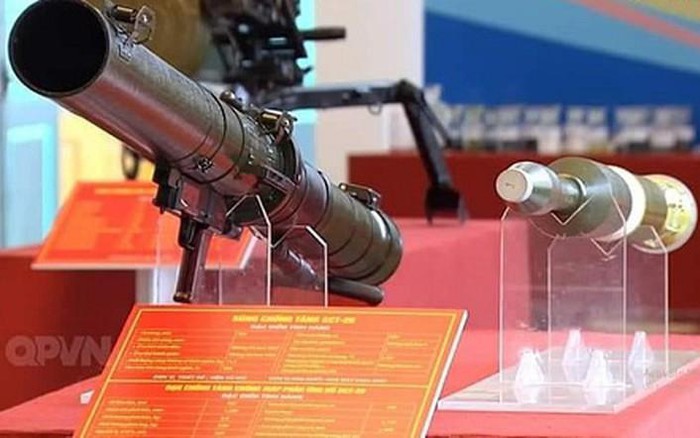




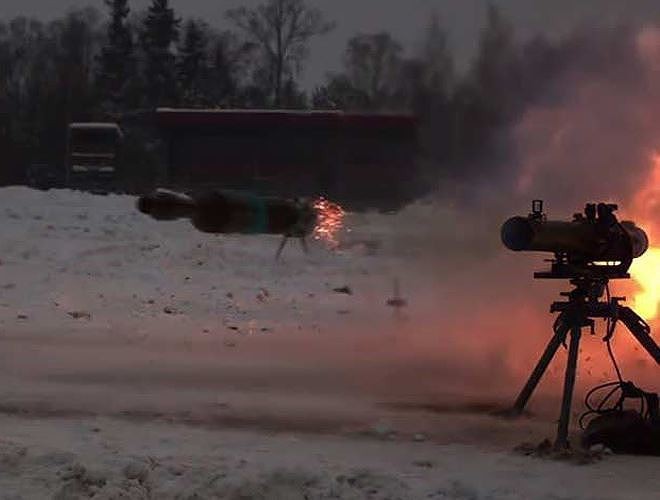
Post more , especially about tanks.I will continue posting abt made in VN weapons from here

M 18 riffle, manufactured by Z111 factories
The event that Vietnam's weapons attended for the first time a large-scale defense exhibition in the region such as Indo Defense 2018 in Jakarta, Indonesia marked a breakthrough new step for Vietnam's Defense Industry (CNQP). , confident enough to step into the world market.

Small arms and Light Weapons
'If I ever find out that this photo has been sourced from an open source and passed off as Chattisgarh Police STF, I will hang you upside down'. Except the 'passed off as CG Police' part, translation's accurate 😂 I know both of 'em, and what the reply meant was, "if you've posted an open...defenceforumindia.com
It is known that Vietnam has successfully produced this extremely dangerous anti-tank RPG-29 in the past 5 years
Born to replace RPG-7 and RPG-16, the Soviet-developed RPG-29 Vampire anti-tank gun is rated to be able to destroy most modern tanks today.
In the Syrian battlefield, RPG-29 continues to show its extreme danger. Even the fact that this weapon fell into the hands of Syrian rebels made Russia and the US very worried
With the superior power of 2-stage explosive ammunition, RPG-29 is considered a fearsome fire god that can destroy modern tanks including the American M1A2 Abrams and the Russian T-90A.
High mobility, ease of use, and a much cheaper price than anti-tank missiles make RPG-29 flooded on the battlefields of Iraq and Syria.
The PG-29 ammunition consists of two warheads: a 64mm front concave bullet that is responsible for destroying explosive-sensitive armor mounted on the tank. The second 105.2mm warhead penetrates the main armor of the vehicle. Therefore, most tanks have little chance of escaping if attacked by them.

Việt Nam bất ngờ sản xuất thành công 'hỏa thần diệt tăng' RPG-29
<p>Việt Nam đã từng bước làm chủ công nghệ để sản xuất một số loại vũ khí chủ lực, trong số này có súng chống tăng RPG-29 và được đặt định danh trong nước là SCT-29.</p>vietnamnet.vn
